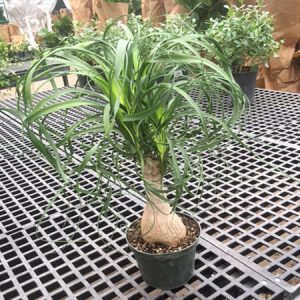Description
Incarvillea – Amphicome –
There are about 14 annuals and taprooted perennials, in this genus. They occur in mountainous areas, some species in rocky sites, others in open grassland, in Central and Eastern Asia, including the Himalayas. They are grown for their exotic terminal racemes or panicles of tubular, trumpet shaped, 2 lipped flowers, with 5 spreading petals in shades of magenta and deep rose pink, sometimes in shade of yellow or white. The flowers are supported on strong stems above the usually alternate, pinnate or pinnatisect leaves. Grow in a mixed or herbaceous border, or smaller species in a rock garden.
Grow in fertile, moist but well drained soil in full sun, with some shade in summer. Does not tolerate excessive winter moisture. Plant crowns 3-4″ deep, mulch in areas where the ground remains frozen for long periods. Avoid damaging the thick, fleshy roots.
Prone to slugs.
I. delavayi – Pride of China – Hardy Gloxinia – This taprooted, clump forming perennial grows 12-18″ tall and 8″ wide. It produces basal rosettes of pinnate, mid green leaves, to 12″ long, divided into 6-11 pairs of oblong-lance shaped, coarsely toothed leaflets, the terminal segment larger. In early and mid summer it bears racemes of up to 10 tubular, widely trumpet shaped, pale pink flowers, to 4″ across. It dies down in early fall. Suitable for rock gardens and borders.
Zones 6-10





